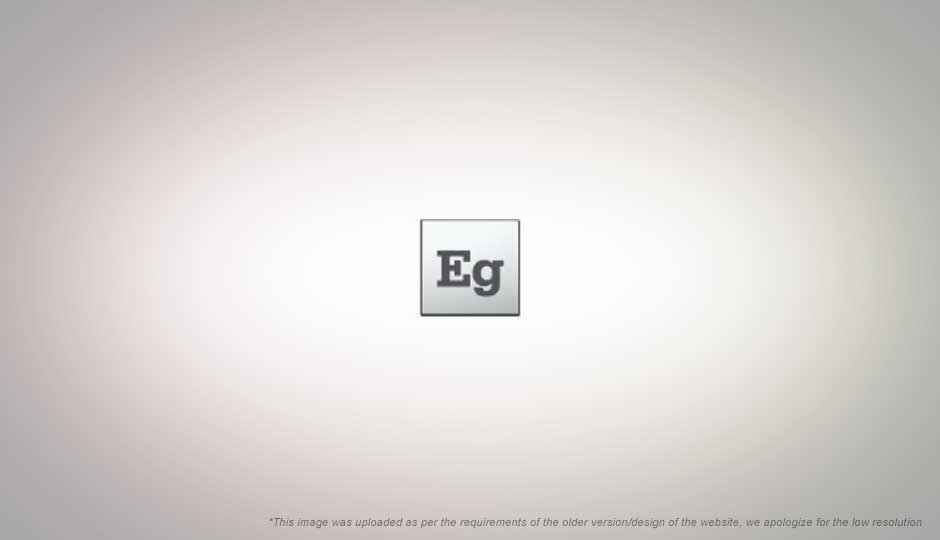Preview 2 of Adobe’s HTML-based design tool Edge released

Adobe’s HTML5 animation tool Edge has just received an update with the second public preview release of the tool.
Adobe Edge, for those who don’t already know, is a design tool, much like Adobe Flash Pro, that works on and creates HTML-based animations instead of using the Flash Player. Much like Flash Pro, it doesn’t require one to know coding at all to create complex layouts and designs and animate them in HTML. Adobe Edge uses many HTML5 and CSS3 features; and while CSS3 adds support for animation and HTML5 includes the canvas tag that can be used to animate content, Adobe Edge uses jQuery, making it more compatible with different browsers.
There are a number of new features in Adobe Edge preview 2 (according to its page on Adobe Labs ):
- Smart guides – Precision guide and dimension markers are displayed when an object on the stage is moved/resized, helping to align objects in relation to others.
- Specify semantic tags on managed elements – Change the tag type of each shape, image and text in Edge to reflect appearance in the HTML document object model (DOM).
- Copy and paste elements – You can now copy and paste elements in Edge, to easily duplicate shapes, images or text. Duplicate images will refer to the same underlying asset.
- Align and distribute elements – Select multiple elements, and align and distribute them via new options in the Modify menu.
- Drag and drop z-index manipulation – In the elements panel, you can now control the z-order of shapes, text and images created in Edge.
- Playhead time editing – You can now type into the timeline’s counter to move the playhead to a specific location, or by dragging the numeric value up or down with your mouse.
- Windows 7 update – An error on the Windows version causing Edge to crash on startup is resolved, no longer requiring users to change the display bit depth from 32-bit to 16-bit.
- jQuery update – Edge’s animation framework now works with the latest jQuery 1.6.2.
These are just some of the features of the second preview (a longer list is available here). The original version came with a timeline-based UI, support for importing graphics, and adding animation to existing HTML files and more.
Recently Adobe had announced a preview release of another HTML-based design tool called Muse, which they intend to offer in a subscription model. While Edge is focused on creating HTML-based animations, and rich dynamic layouts, Muse is targeted towards those coming from print media and wanting to have a similar level of control over layout in HTML. There will be more releases of Edge in the preview period before this tool joins Adobe’s suite of tools.
Those interested in downloading the latest preview release of Adobe Edge can head over to its Adobe Labs page.
